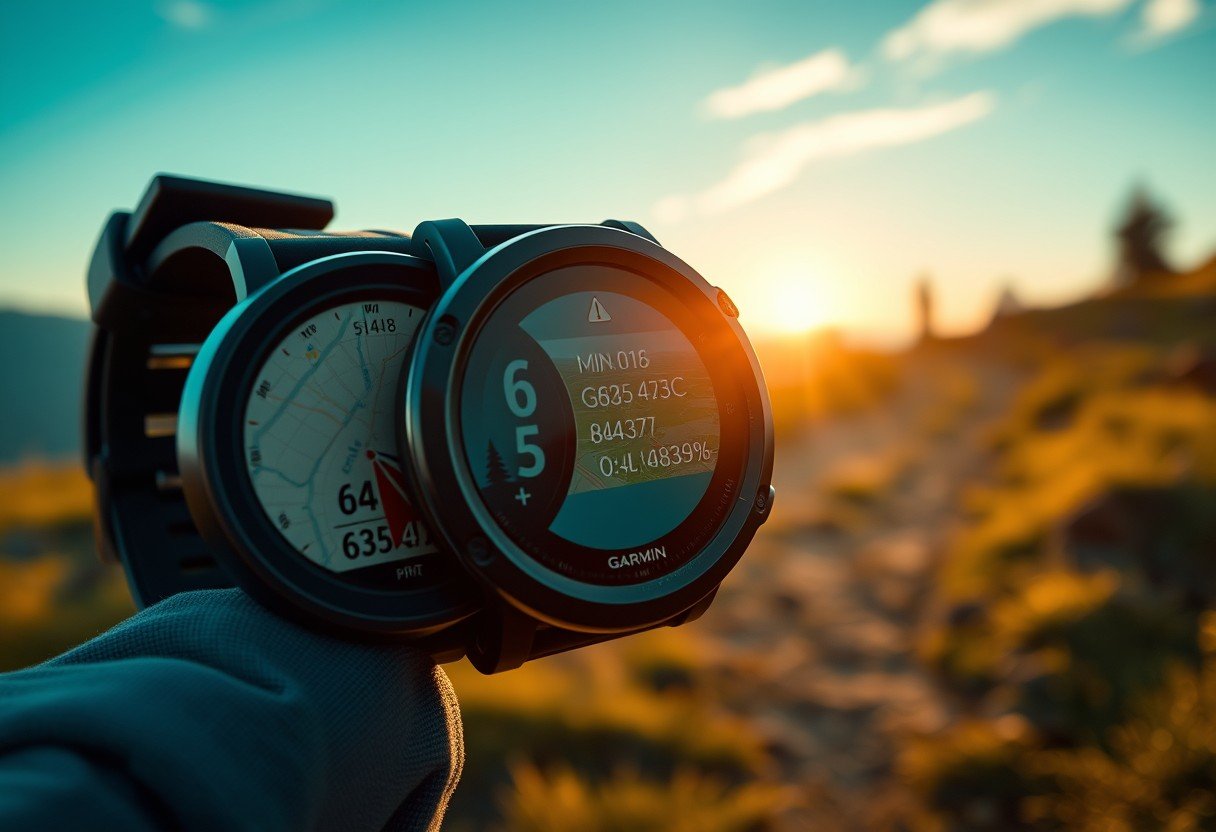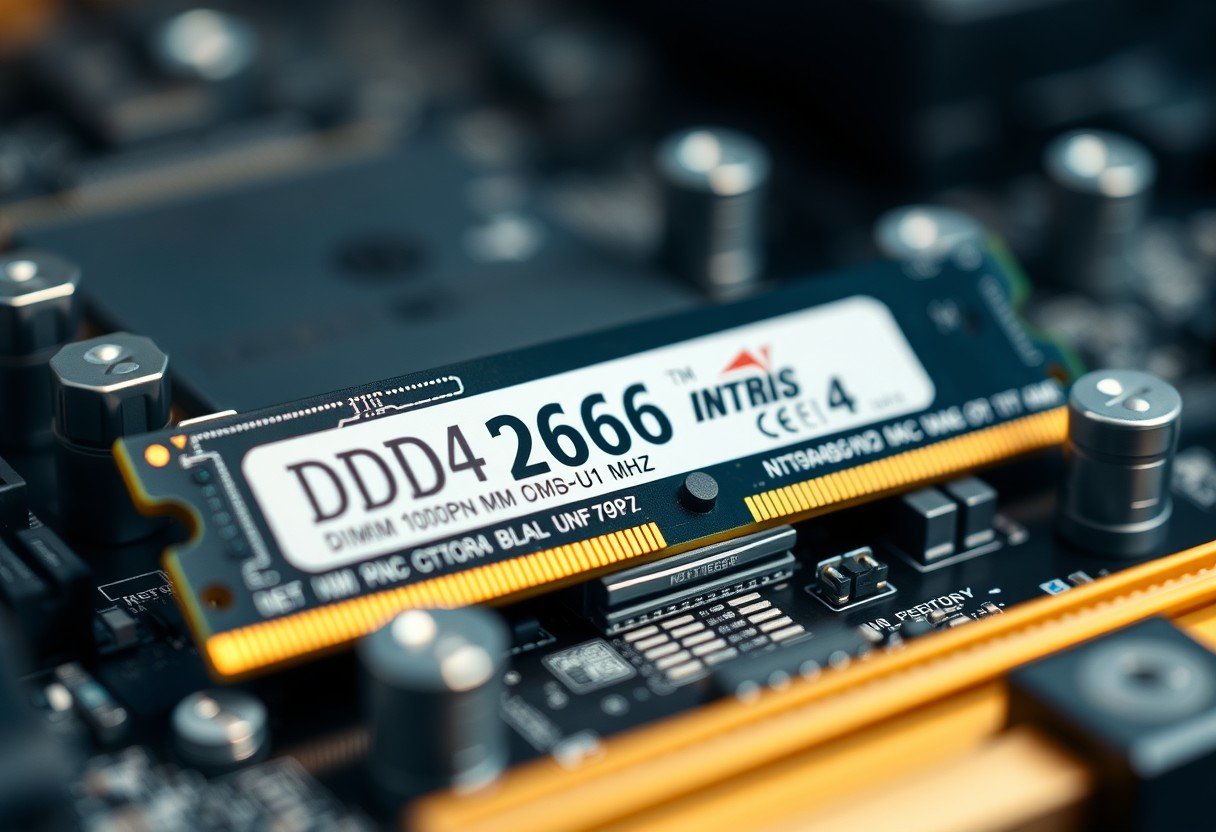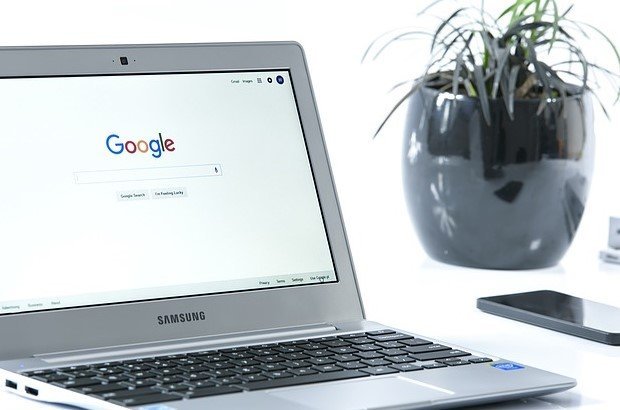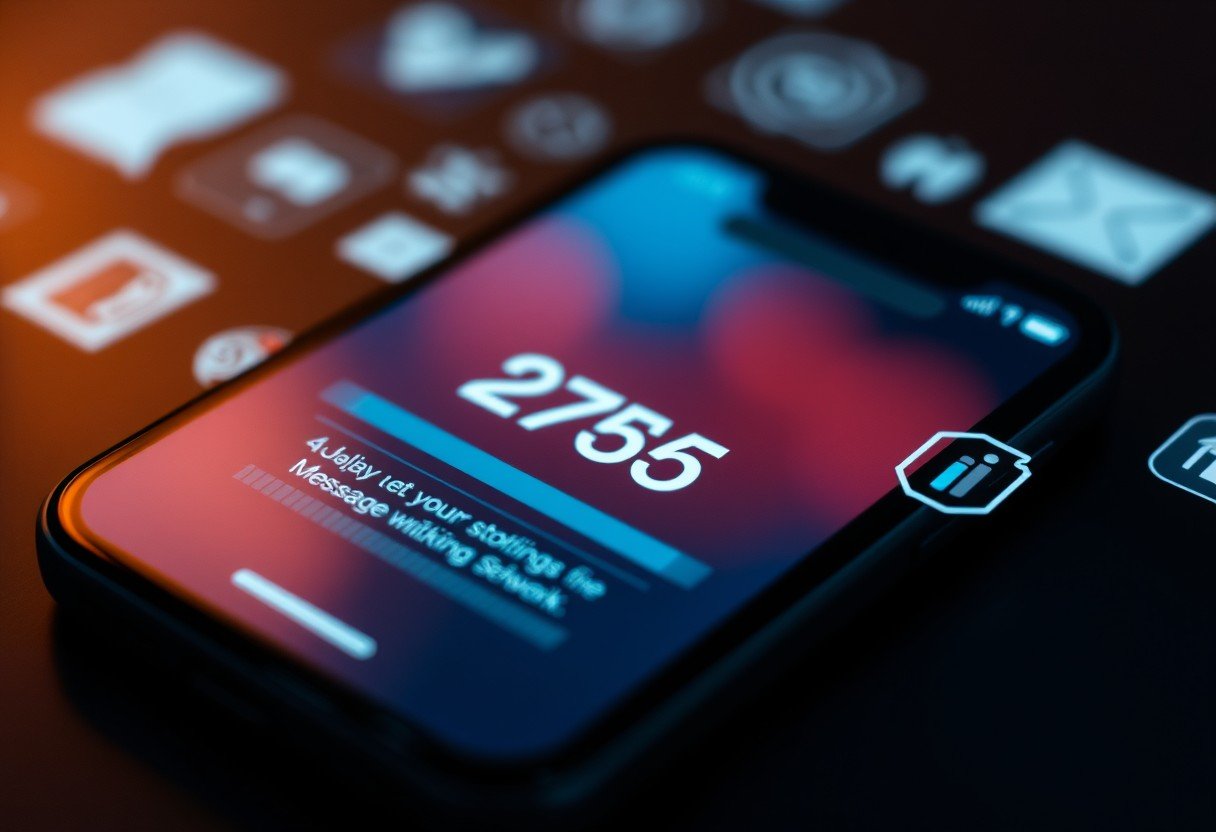When you need precise location data for your outdoor adventures or fitness goals, the accuracy of your watch’s GPS is crucial. Garmin watches are widely known for their strong GPS capabilities, but how do they stack up? These devices use multiple satellite systems and advanced sensors to deliver reliable tracking. This helps athletes and enthusiasts get the accurate data they depend on for training, navigation, and exploring new terrains with confidence.
How GPS Technology Actually Works on Your Watch
Understanding the basics of GPS, or Global Positioning System, helps you appreciate what’s happening on your wrist. It’s a satellite-based system that allows your Garmin watch to pinpoint its exact location anywhere on Earth. By communicating with satellites orbiting the planet, your device can calculate your position, speed, and direction with impressive precision.
For your watch to get a solid fix on your location, it needs to connect with at least four different satellites. This connection allows it to determine your latitude, longitude, and elevation. The more satellites your watch can see, the more accurate its calculations will be. Modern devices also use smart algorithms to refine the raw satellite data, improving the overall tracking experience.
This triangulation process is the core of how any GPS device functions, making it an essential tool for navigation and activity tracking.
Key Features that Boost Garmin’s GPS Accuracy
Garmin doesn’t just rely on standard GPS; its watches are packed with features designed to enhance accuracy and reliability. This combination of advanced hardware and software is what gives Garmin its reputation for top-tier performance, especially for those who need data they can trust.
One of the most significant features is multi-GNSS support. This means the watch can use more than one satellite constellation at a time. Instead of just relying on the American GPS system, it can also tap into others for a stronger, faster, and more reliable signal.
- GPS: The standard Global Positioning System, which is the baseline for location tracking.
- GLONASS: A Russian satellite system that improves performance in challenging environments like dense forests or deep valleys.
- Galileo: The European Union’s system, known for providing higher precision, particularly in urban settings with tall buildings.
Beyond satellite systems, Garmin watches often include powerful internal sensors. A built-in barometric altimeter, for example, measures air pressure to provide much more accurate elevation data than GPS alone. This is incredibly useful for hikers, trail runners, and cyclists who want to track their ascent and descent precisely. These sensors work together to give you a complete picture of your performance and environment.
Garmin vs. Competitors: A Head-to-Head Accuracy Showdown
When you compare GPS accuracy across different brands, the differences become clear. While most smartwatches offer GPS, the level of precision can vary significantly. For serious athletes, a few meters can make a big difference in tracking distance and pace over a long run or ride.
Comparative tests and user data consistently show that Garmin holds an edge. This is often attributed to their dedicated focus on GPS technology and outdoor sports. Here’s a look at how Garmin generally measures up against other popular brands in terms of typical accuracy.
| Brand | Accuracy Rating (meters) |
|---|---|
| Garmin | 1-2 m |
| Apple Watch | 3-5 m |
| Fitbit | 5-10 m |
| Suunto | 2-3 m |
Real-world testing often confirms these numbers, with Garmin devices excelling in difficult conditions like dense forests or urban canyons where satellite signals can be weak or bounce off buildings. This reliability is why many dedicated athletes and adventurers choose Garmin for their most important activities.
What Real Users Say about Garmin’s Performance
Looking at feedback from the people who use these watches every day provides valuable insight. The general consensus among the running, cycling, and hiking communities is overwhelmingly positive regarding Garmin’s GPS accuracy. Users frequently report that their devices provide consistent and reliable distance and pace metrics that they can trust for training.
Whether for marathon training, mountain biking, or open-water swimming, athletes rely on precise data to analyze and improve their performance. Many users appreciate the detailed maps and navigational features, which provide confidence when exploring new trails or routes. The accuracy of the GPS tracking directly translates to more effective workouts and safer adventures.
Of course, no technology is perfect. Some users note that battery life can be a concern when using the most accurate GPS settings for long periods. However, the overall sentiment is that for anyone serious about tracking their activities, a Garmin watch is a top-tier choice that delivers on its promises.
Common Factors that Can Affect GPS Accuracy
Even with the best technology, several external factors can impact the accuracy of your Garmin watch’s GPS. Understanding these variables can help you manage expectations and troubleshoot any issues you might encounter. Your physical surroundings play one of the biggest roles in signal quality.
A clear, unobstructed view of the sky is ideal for the best GPS performance. When that view is blocked, accuracy can decrease. Some common environmental challenges include:
- Dense Urban Areas: Tall buildings can block satellite signals or cause them to bounce around, a phenomenon known as “urban canyon” effect.
- Thick Tree Cover: Heavy forest canopies can weaken or obstruct the signal from reaching your watch.
- Deep Canyons or Mountains: The terrain itself can block the line of sight to a sufficient number of satellites.
- Severe Weather: Heavy cloud cover, storms, or significant atmospheric disturbances can interfere with signal reception.
Being aware of these environmental factors can help you understand why your GPS track might not be perfectly smooth on certain parts of your route.
Simple Tips to Improve Your Garmin’s GPS Signal
While you can’t control the weather or move buildings out of your way, there are several simple steps you can take to ensure you get the best possible performance from your Garmin watch. Proper device maintenance and usage habits can make a noticeable difference in GPS accuracy.
First, always make sure your watch’s software is up to date. Garmin frequently releases firmware updates that include improvements to GPS algorithms and satellite data files, which can directly enhance performance. Syncing your watch regularly with the Garmin Connect app ensures it has the latest information.
Before starting an activity, give your watch a minute or two to acquire a strong satellite lock. This is often called a “GPS soak.” Standing still in an open area allows the watch to connect to multiple satellites and establish a solid starting point. Starting your activity before it has a good fix can lead to inaccuracies in the initial part of your track.
Finally, consider which satellite systems you are using. On most Garmin models, you can choose between GPS only, GPS + GLONASS, or GPS + Galileo. Using a combination of systems can often provide a faster and more reliable signal, especially in challenging environments. This setting can usually be found in the activity profile settings on your watch.
The Future of GPS in Wearable Technology
The technology behind GPS in wearables is constantly evolving, and the future looks incredibly promising. We can expect even greater precision and reliability in the coming years as new advancements become more common. These innovations will further enhance how we track our activities and navigate the world around us.
One of the most exciting developments is the adoption of multi-band GNSS receivers. This technology allows a device to receive signals from satellites on multiple frequencies, which helps filter out errors caused by atmospheric interference or signal reflections in urban areas. The result is a significant boost in positional accuracy, even in the most difficult environments.
Consumer preferences are also shaping the future. There is a growing demand for wearables that not only provide accurate GPS but also offer long battery life and a comprehensive suite of health monitoring features. As a result, brands are focused on creating highly integrated devices that serve as an all-in-one tool for fitness, health, and navigation, making them more essential to our daily lives than ever before.
Frequently Asked Questions about Garmin GPS Accuracy
Are all Garmin watches equally accurate?
No, GPS accuracy can vary between different Garmin models. Higher-end models, like those in the Fenix or Forerunner series, often feature more advanced technologies like multi-band GNSS, which provides superior accuracy compared to more basic or budget-friendly models.
Why is my Garmin watch sometimes inaccurate at the start of a run?
This usually happens if you start moving before the watch has achieved a strong satellite lock. It’s best to wait for the “GPS Ready” notification and stand still for a moment to allow the device to connect to as many satellites as possible for a precise starting point.
How can I improve the GPS accuracy on my Garmin watch?
To improve accuracy, make sure your watch software is always updated, allow the watch to get a solid satellite fix before starting an activity, and use a multi-GNSS setting (like GPS + GLONASS) in challenging environments. A clear view of the sky is also essential.
Does weather affect my Garmin’s GPS performance?
Yes, weather can have an impact. Heavy cloud cover, rain, or snow can weaken satellite signals, potentially reducing accuracy. However, modern Garmin watches are designed to perform well in various conditions and typically maintain a reliable connection.
What does multi-GNSS support mean?
Multi-GNSS support means the watch can use signals from multiple Global Navigation Satellite Systems (like GPS, GLONASS, and Galileo) simultaneously. This increases the number of available satellites, leading to a faster and more reliable location fix, especially in difficult environments.









Leave a Comment